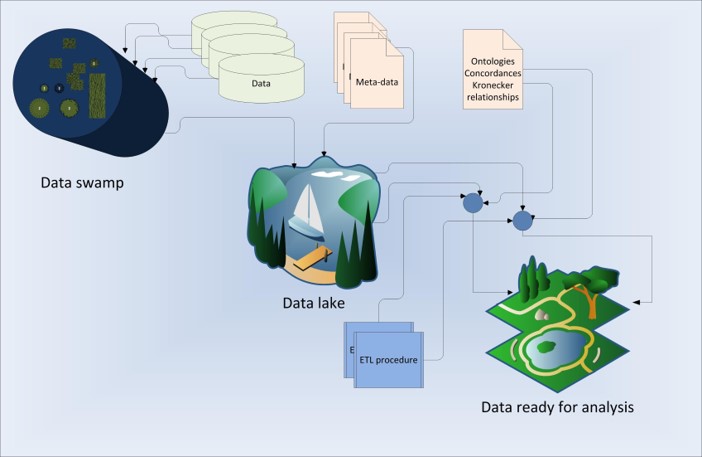Latest Posts
Comparing modeling approaches for assessing priorities in international agricultural research
This article examines how the estimated impacts of crop technologies vary with alternate methods and assumptions, and also discusses the implications of these differences for the design of studies to inform research prioritization. Drawing on international potato research, we show how foresight scenarios, realized by a multi-period global multi-commodity equilibrium…
Food Security, Farming, and Climate Change to 2050: Scenarios, Results, Policy Options
Climate change impacts and adaptation options for water and food in Pakistan: scenario analysis using an integrated global water and food projections model
Climate change is expected to considerably affect the water resources in the Indus River basin in Pakistan and thus agricultural production in the country. This article reports an analysis of the impacts of various climate scenarios on both water resources and food production out to 2050. While changes in water…
Green and blue water accounting in the Ganges and Nile basins: Implications for food and agricultural policy
Most food globally is produced from soil moisture that comes exclusively from precipitation, or “green” water. Moreover, most of the water reaching plants in irrigated systems also stems from precipitation. Despite this, irrigation or “blue” water has typically been the focus for policy analysis in the past, given the possibility…
The future role of agriculture in the Arab region’s food security
The 2007–2008 food crisis and subsequent economic recession have severely undermined food security and agricultural sustainability worldwide. Failures in market functioning and trade openness have posed particularly high risks to the import-dependent countries in the Arab region. Many of the global causes of the price spikes are still in place,…
The impact of organic farming on food security in a regional and global perspective.
Abstract Following an overview of existing global food supply and security projections, this chapter examines under what circumstances and to what extent organic farming is a beneficial solution to food insecurity and low agricultural productivity. It also explores the possible consequences of a high percentage of organic farming in…


